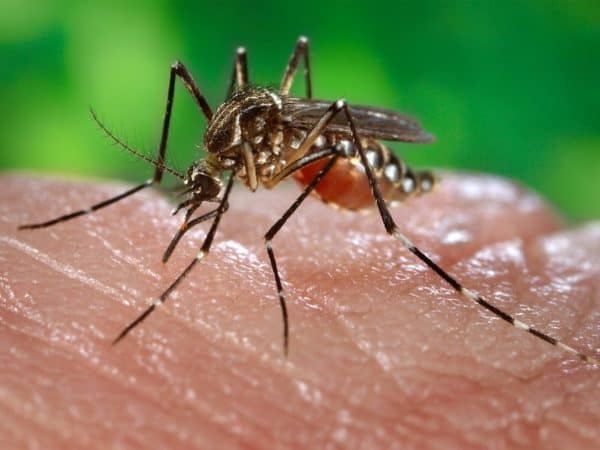
 Tragedy has struck Brazil, as Yellow Fever has killed at least 250 people. Could the viral disease hit Canada? So far, we have escaped such a fate on a number of occasions, but our luck may be running out.
Tragedy has struck Brazil, as Yellow Fever has killed at least 250 people. Could the viral disease hit Canada? So far, we have escaped such a fate on a number of occasions, but our luck may be running out.
Brazil’s Ministry of Health announced May 5th that Yellow Fever, a virus that has been on a marked decline over the last 37 years in the country, is making a comeback in the southeastern part of the country.
Although Yellow Fever is very prominent in Africa and jungled areas due to monkeys that carry it, it hadn’t been seen in Brazil in a long time. Vaccines and the widely used DDT, which was widely banned in the 1970’s were responsible for the large decline in cases.
Officials confirm that 729 cases of the Yellow Fever virus have hit Brazil, and more than 250 deaths have resulted. There are more than 669 more cases the country is still looking into since the virus began its spread mere months ago.
In the U.S., The Centres for Disease Control and Prevention has issued a level 2 warning encouraging travellers to “Practice Enhanced Precautions”. Level 2 is their second highest warning level, behind level 3 which warns to avoid travel that is not essential.
Yellow Fever is a particularly tricky diagnosis in its early stages. It doesn’t always affect those who are infected but when it does it causes fever, muscle pains, chills, and in some cases symptoms can progress to organ failure, bleeding, and shock, which can all cause death.
So could the viral diseases come to Canada? The short answer is yes. Yellow Fever has the possibility to spread to other countries through an infected host who contracted the virus in Brazil and then gets bit by an Aedes aegypti mosquito which can then spread it to offspring. Since 2016 four such have occurred but the virus didn’t end up spreading, according to Bloomberg.
Yellow Fever: Brazil visitors encouraged to get vaccinated…
People planning to travel to Brazil are encouraged to get the Yellow Fever vaccine and be cautious of exposing skin. Be sure to wear bug spray, insecticide treated clothing, and if you’re going to be sleeping in an area which is exposed to the outdoors you should be using a bed net.
The rise in Yellow Fever comes on the heels of a massive outbreak of the Zika virus which had its national emergency status lifted in November. Zika was causing baby’s to be born with birth defects.
The drastic decline in Zika cases was believed to be largely because there simply wasn’t enough people left for the Mosquitos carrying the virus to infect, everyone already either had contracted it or was vaccinated.
“What appears to have happened is there is now herd immunity in the population because so many people were infected. Now the virus can’t find enough people who don’t have protection, to circulate” said Professor David Heymann, chairman for the World Health Organizations Zika outbreak committee to BBC.
But the opportunity for Zika to spread again could come in the future as the population changes and less people have immunity.
“As immunity decreases, because new populations come in that haven’t been exposed to Zika, (and) as they get older there may be epidemics in the future.” Warned Heymann.
Leave a Reply
You must be logged in to post a comment.




 Share
Share Tweet
Tweet Share
Share




Comment